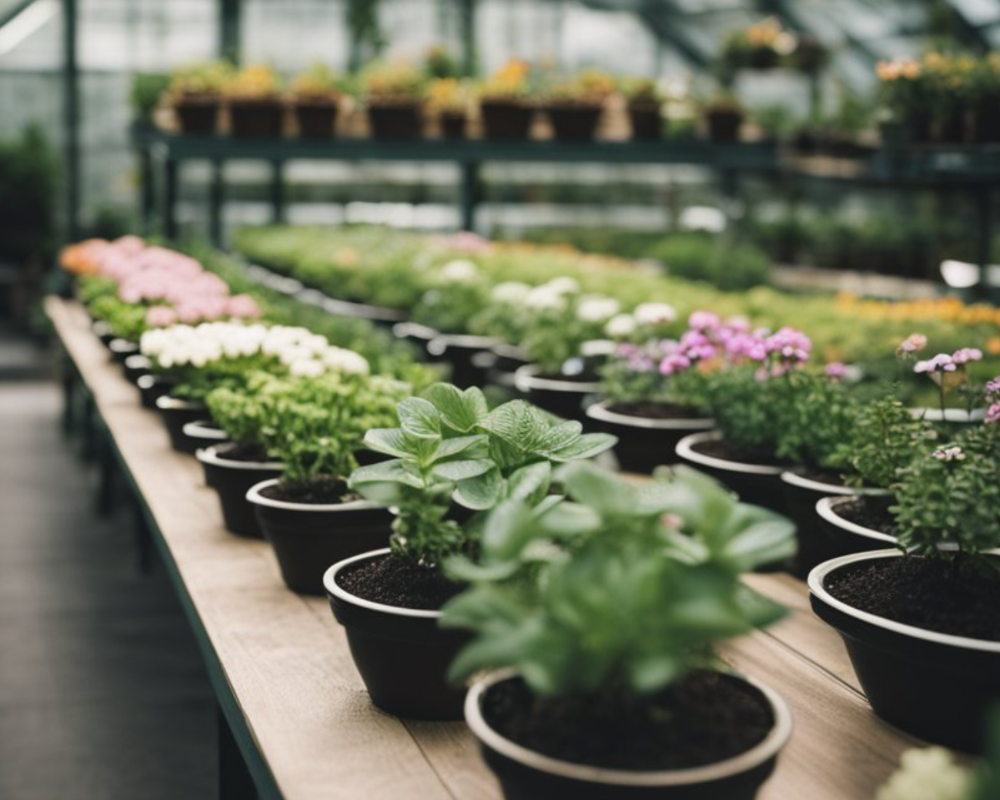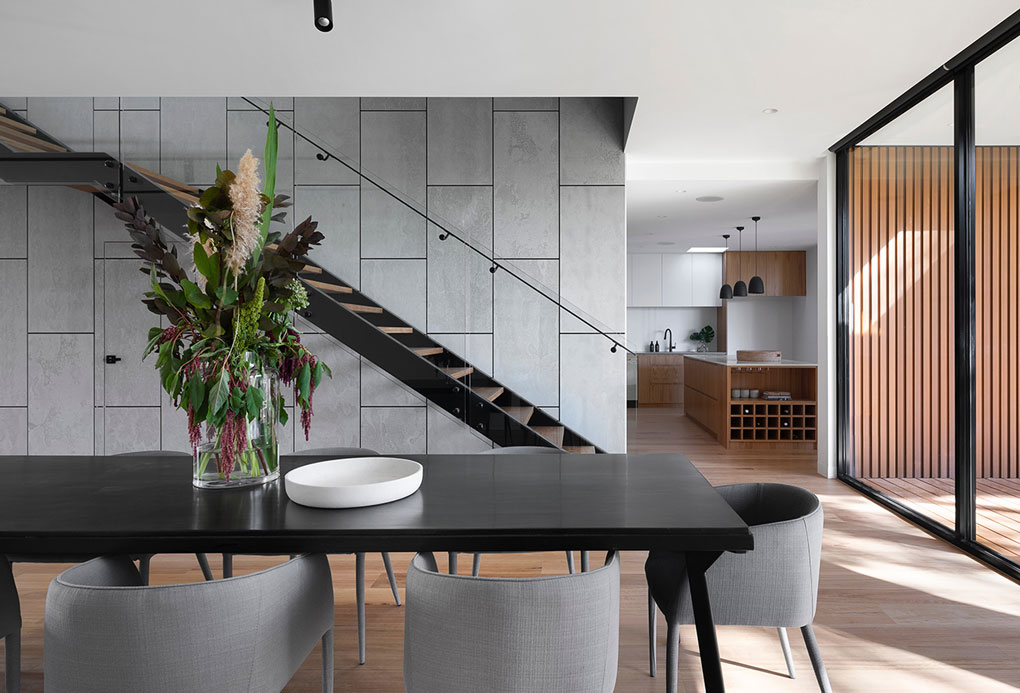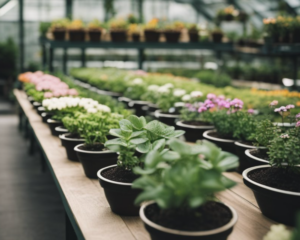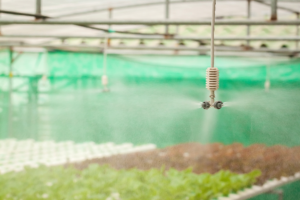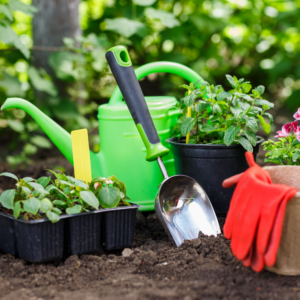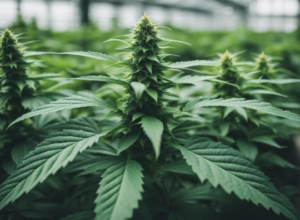Greenhouse tables are an innovative solution for gardeners looking to maximize their greenhouse space. These tables, also known as greenhouse benches, provide a structured area for plants to grow above the ground. This setup is beneficial for a variety of reasons, including improved air circulation around the plants and easier access for the gardener during maintenance tasks. By elevating plants, greenhouse tables can also help prevent some types of pests and diseases that thrive in soil contact.
These tables come in different materials, such as metal or wood, and can be stationary or have rolling features to reconfigure the space as needed. They are designed to be durable and withstand the humid conditions typically found in greenhouses. Gardeners might opt for tables with built-in drainage systems to help manage water runoff from irrigation.
Using greenhouse tables is a practical approach to space management, especially in smaller greenhouses where every inch counts. They allow for the creation of microclimates, which can be utilized to grow a variety of plants with different environmental needs in close proximity. This efficiency is not only space-saving but can also save on resources like water and energy, aligning with sustainable gardening practices.
Understanding Greenhouse Tables
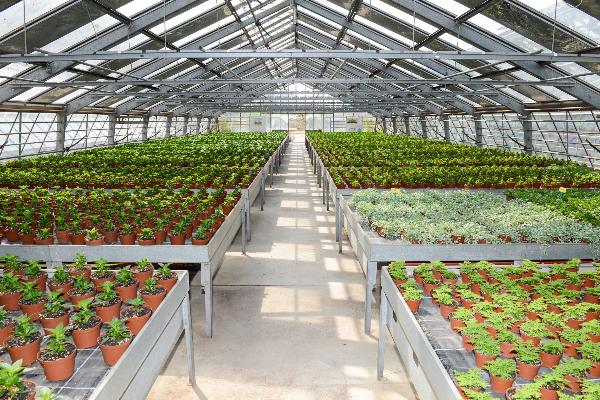
In the realm of greenhouse cultivation, tables, often referred to as benches, serve as crucial platforms where plants are meticulously grown under controlled conditions.
History and Evolution
Greenhouse tables have matured from simple wooden platforms to advanced, adjustable structures. Initially, they were rudimentary surfaces for plant support, but over the centuries, they’ve transformed to cater to diverse horticultural needs and technological advancements.
Types of Greenhouse Tables
There are several types of greenhouse tables, each with its unique design to accommodate different planting methods:
- Stationary Benches: These are fixed in place, offering a sturdy and permanent solution for plant support.
- Rolling Benches: These maximize space efficiency by moving along tracks, allowing growers to access plants more easily.
- Tiered Benches: These enable vertical farming, increasing the growing area within the same footprint.
Key Benefits
The benefits of incorporating greenhouse tables into a horticultural environment are numerous:
- Improved Air Circulation: Elevated benches allow air to flow more freely around plants, reducing the risk of disease.
- Optimized Space: Especially with rolling and tiered benches, greenhouse space is used more effectively.
- Ergonomic Advantage: These tables provide a comfortable height for potting, trimming, and harvesting, reducing strain on workers.
Design and Materials
The design and materials of greenhouse tables are crucial for ensuring efficient use of space and long-term durability. The right choices can greatly affect the daily operations and maintenance requirements of a greenhouse.
Choosing the Right Size
The size of a greenhouse bench is dependent on the specific needs of the greenhouse. Standard benches typically range from 30 to 36 inches in width and can be several feet long. Users have to consider the aisle space for movement and the type of plants being cultivated. For seedling propagation, narrower benches may suffice. On the other hand, larger plants or a higher volume may require benches that span the entire length of the greenhouse.
- Optimal Width:
- Seedlings: 18-24 inches
- Mature plants: 30-36 inches
- Length Considerations:
- Small operations: 6-12 feet
- Larger operations: Custom lengths
Material Considerations
Greenhouse tables can be made of various materials, including metal and plastic. Metal benches, often constructed from aluminum or galvanized steel, are sturdy and can bear heavy loads but may require additional coatings to prevent rust. Plastic benches are lighter and often resistant to moisture and pests, making them an attractive option for many growers. When selecting materials, it’s important to consider the greenhouse climate and the potential reactions of materials to humidity and heat.
- Metal Options:
- Aluminum: lightweight, rust-resistant
- Galvanized steel: heavy-duty, may need rust protection
- Plastic Choices:
- Polyvinyl chloride (PVC): corrosion-resistant, lightweight
- High-density polyethylene (HDPE): durable, easy to clean
Eco-Friendly and Sustainable Options

Recycled Materials
Choosing tables crafted from recycled wood, plastic, or metal not only adds character but also adds a sustainable edge to your greenhouse. In other words, you’ll reduce waste and soften your footprint on Mother Earth. It’s a win-win and aligns with the spirit of resourcefulness and love for the planet.
Eco-Friendly Maintenance Tips:
- Opt for natural cleaning solutions like vinegar or baking soda to minimize chemical use.
- Select water-based finishes to reduce harmful emissions.
- Use linseed oil or beeswax for eco-friendly wood treatment, protecting against moisture while being environmentally gentle.
- Incorporate LED lighting to provide energy-efficient illumination for your plants.
- Ensure good air flow with efficient ventilation systems, optimizing plant health and minimizing the need for artificial climate control.
Eco-Friendly Upkeep
Pampering your greenhouse tables with eco-friendly care not only prolongs their lifespan but also protects the environment. Here’s a brief guide:
- Natural Cleaners: Use vinegar, baking soda, and citrus for a guilt-free clean.
- Eco-Friendly Finishes: Choose water-based finishes to reduce harmful emissions.
- Sustainable Treatments: Protect tables with linseed oil or beeswax, offering a natural defense against moisture.
- LED Lighting: Opt for energy-efficient LED lights to nourish plants without the high costs.
- Efficient Ventilation: Install systems that ensure fresh air flow, enhancing plant health while minimizing the need for artificial climate control.
Durability and Maintenance
Durability is paramount in greenhouse benches, as they must withstand constant exposure to moisture and varying temperatures. Metal benches tend to be more durable than plastic but may need regular treatment to avoid corrosion. Plastic benches, by comparison, require less maintenance but may have a shorter lifespan under heavy use. Cleaning and upkeep schedules should be established to ensure that either type of bench remains in good condition and does not negatively impact plant health.
- Maintenance Tips:
- Regularly inspect for damage or wear
- Clean surfaces to prevent disease spread
- Durability Emphasis:
- Metal: Inspect for rust, apply protective coatings periodically
- Plastic: Check for brittleness or warping with temperature changes
Configuration and Layout
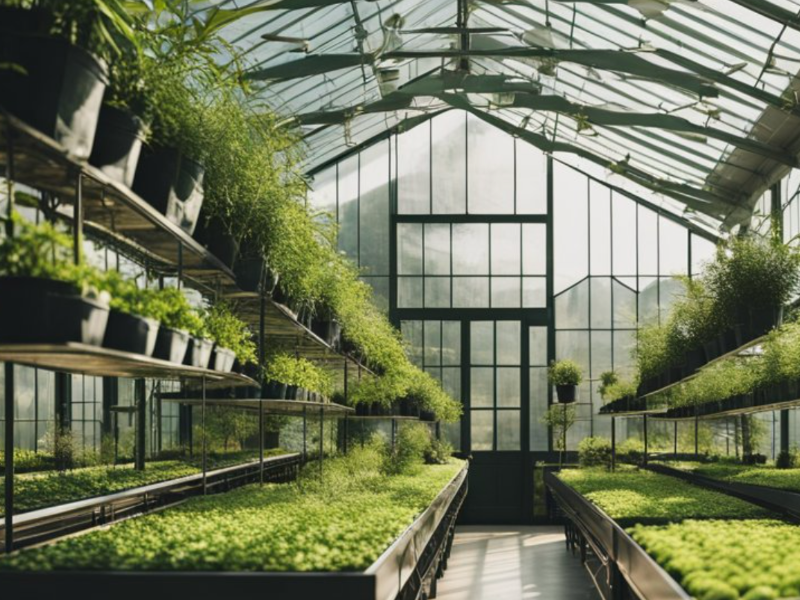
The configuration and layout of greenhouse tables are critical for optimizing the use of interior space and ensuring proper airflow for plant health. Smart arrangement increases capacity while facilitating workflows in a vertical farm environment.
Maximizing Space
To maximize space, vertical farming techniques are often employed. Shelving units increase the amount of usable growing area within the same footprint.
- Vertical Layers: Incorporate shelves at varying heights to accommodate different plant sizes.
- Mobile Units: Use rolling benches that can be moved as needed to create walkways or access points.
Table Arrangement Strategies
Effective table arrangement strategies enhance the utility of the space and streamline plant maintenance tasks.
- Zone Planning: Organize tables by plant species or growth stages for easier management.
- Spacing: Allow sufficient space between tables for workers and equipment to pass through without disturbing plants.
Airflow and Plant Health
Airflow is a pivotal factor in maintaining plant health, as it helps prevent disease and pest infestations in a tightly-packed environment.
- Table Positioning: Align tables in a way that does not obstruct ventilation systems.
- Air Circulation: Ensure that there is enough space around the perimeter of each table for air to circulate freely.
Functional Features
Greenhouse tables come equipped with specific functional features that are designed to optimize the care and maintenance of plants. They are tailored for effective water management, versatile usage, and organizational efficiency.
Drainage Systems
Greenhouse tables often incorporate drainage systems to manage excess water, safeguarding plant health by preventing waterlogging. They feature built-in channels or trays that direct the runoff to designated areas, keeping the workspace tidy and the plants dry.
Adjustability and Mobility
Many greenhouse tables offer the convenience of adjustability and mobility. Their height can often be altered to cater to different plant sizes and gardener’s comfort. Tables on casters are easily moved around, allowing one to rearrange the space as needed or to transport plants to different areas for sun exposure or treatment.
Integrated Storage Solutions
Efficient use of space is crucial in a greenhouse, and many tables integrate storage solutions below or above the table surface:
- Shelving: Installed directly underneath the table tops for easy access to gardening tools and supplies.
- Hangers: Attached to the frame, which allows for additional plant hangers or tools to be hung for quick accessibility, maximizing vertical space.
Specialized Greenhouse Tables
Greenhouse tables have evolved to serve specific purposes, such as enhancing growth conditions and displaying plants for retail. These tables come in a variety of designs, tailored to facilitate different stages of plant development and cater to the commercial presentation of plants.
Propagation and Growing Stations
Propagation and growing stations are crucial for nurseries and plant retail outlets. In these stations, growing benches and grow trays are meticulously organized to support the early stages of plant growth. They typically feature heat mats or built-in heating elements to promote germination and are constructed with materials like aluminum to resist corrosion and ensure long-term durability.
- Potting tables are often integrated into these stations, providing a stable and ergonomic surface for gardeners to work on. Potting tables might include features like soil bins and tool organizers to enhance efficiency.
Retail settings leverage display benches to showcase plants attractively. These benches are designed to maximize visibility and accessibility, often incorporating tiered structures to create a dynamic presentation. Some display benches come equipped with wheels, making it easy to change the layout or move plants as needed.
In summary, specialized greenhouse tables like propagation stations and growth setups play a central role in the cultivation and retail of plants, with each table type designed to optimize particular aspects of plant care and presentation.
Accessories and Enhancements
Greenhouse tables can be significantly improved with the right set of accessories and enhancements. From horticulture-specific add-ons to lighting and security features, a well-equipped table can streamline gardening tasks and bolster plant growth.
Horticultural Accessories
In the realm of horticulture, efficiency is key. Gardeners often equip their greenhouse tables with a variety of pots and containers to organize their plant’s growth cycles. Durable trays are ideal for starting seedlings, while deeper, sturdier pots accommodate mature plants. Specialist gardening tools such as pruners, trowels, and soil testers can be stored underneath or at the table’s ends for easy access.
| Accessory | Purpose |
|---|---|
| Seed Trays | For starting seedlings |
| Pots and Containers | Housing plants at various growth stages |
| Gardening Tools | Pruning, planting, and soil testing |
Visibility and Lighting
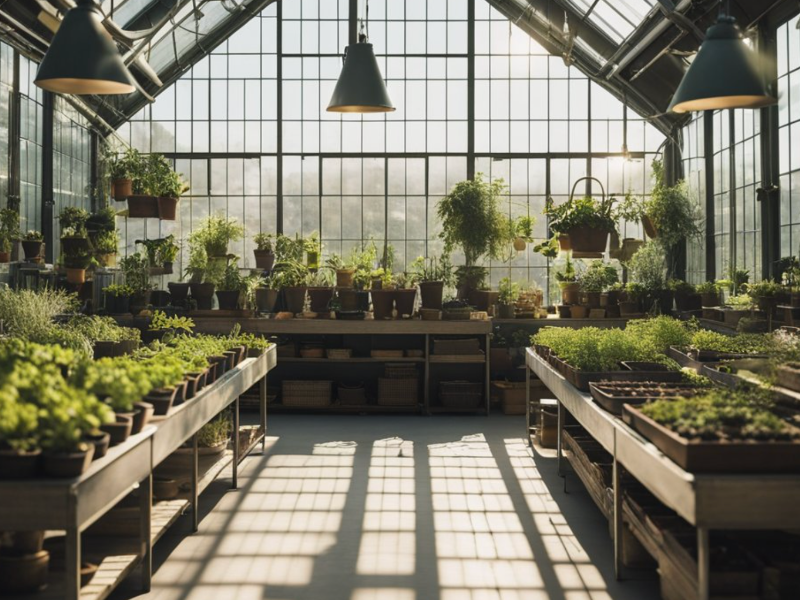
Good lighting is critical for plant health and gardener visibility. Enhancements such as LED grow lights can be clamped or hung above the tables, cast a spectrum of light that supports photosynthesis. Clip-on magnifying glasses enable gardeners to inspect plants for pests or diseases closely.
- LED Grow Lights: Provide full-spectrum lighting
- Magnifying Glasses: Assist in close inspection of plants
Security and Stability
Greenhouse tables must remain stable and secure to protect the plants. Gardeners often use weight distribution plates to evenly spread heavy loads, preventing any sagging or collapsing. Securing pots with pot clips or non-slip surfaces ensures that plants stay in place, even during routine maintenance or unexpected weather disturbances.
- Weight Distribution Plates: Maintain table integrity
- Pot Clips: Keep containers securely in place
Considerations for Small Spaces
For those with limited space, they must select greenhouse tables that maximize their growing area while not overwhelming their available room.
Solutions for Hobbyists
Hobbyists often work with small greenhouses or balconies. They should look for tables designed to fit snugly against walls or in corners to make the most of these spaces. Vertical gardening stands are a smart choice, as they allow for multiple levels of potted plants, increasing the greenery without using up precious floor space.
- Vertical Designs: Stacking potted plant shelves.
- Space-Saving Shapes: Corner-fit tables.
- Mobility: Lightweight materials for easy relocation.
Compact and Foldable Designs
Manufacturers offer foldable greenhouse tables that are ideal for patios or small gardens. When they aren’t in use, these tables can be tucked away, creating more room for activities or additional gardening needs.
- Foldable Tables: They save space when not in use and are easy to store.
- Material Choices: Durable, weather-resistant materials like aluminum and treated wood ensure longevity even in compact, exposed environments.
- Modular Options: Some tables can be disassembled, giving the gardener flexibility in how they manage their space.
Maintenance and Care
Maintaining greenhouse tables is crucial for ensuring their longevity and functionality. They must be kept clean and in good repair, with close attention paid to the materials and construction.
Cleaning Best Practices
Cleaning a greenhouse table regularly is essential to prevent the buildup of dirt and potential plant diseases. Users should:
- Weekly: Wipe surfaces with a damp cloth to remove dust.
- Monthly: Scrub the table with a mild soap solution and rinse with water to remove any accumulated grime or plant residue.
For tables with sand-filled trays:
- Make sure to keep the sand level and free of plant debris.
- Change the sand annually to prevent contamination.
Repair and Replacement
Greenhouse tables require inspection for damages that can affect their structure and utility:
- Inspect: Every season, check for rust, loose bolts, and instability.
- Repair: Tighten any loose components and treat rust spots with a rust inhibitor as needed.
- Replace: If a table or its parts are beyond repair, replace them to maintain the greenhouse’s organization and productivity.
For tables with wooden parts:
- Sand down rough spots to keep the surface smooth and prevent splinters.
- Stain or seal the wood annually to protect it from moisture and decay.
Wrapping It Up
At this point, we can agree that greenhouse tables are an integral part of your gardening experience. They provide both organization and functionality. As you move forward in choosing the best greenhouse table for your needs, let’s consider tables made from recycled materials and then take care of them with nature’s ingredients. Lets move towards gardening that’s good for the Earth. Happy Gardening!
Frequently Asked Questions
1. How can I build my own greenhouse tables?
You can build your own greenhouse tables by gathering materials like wooden planks, PVC pipes, or metal frames and then constructing a table to your preferred size. It’s important to ensure the structure is sturdy and capable of withstanding the humid conditions typically found in a greenhouse.
2. What are some considerations for choosing commercial greenhouse tables?
When selecting commercial greenhouse tables, they should consider durability, load capacity, maintenance, and compatibility with their greenhouse layout and plants. Ease of cleaning and potential for modular expansion might also influence their choice.
3. What materials are greenhouse benches typically made from?
Greenhouse benches are often made from materials like aluminum, galvanized steel, pressure-treated wood, or even recycled plastic. These materials are chosen for their resistance to rust, decay, and general wear in the moist greenhouse environment.
4. What are the benefits of using aluminum for greenhouse tables?
Using aluminum for greenhouse tables provides benefits such as lightweight design, resistance to corrosion, and minimal maintenance. Aluminum also reflects light, potentially benefiting plants situated on or below the tables.
5. How do flood benches compare to other greenhouse table designs?
Flood benches differ from other greenhouse table designs by incorporating a system that allows for sub-irrigation, evenly distributing water over the bench’s surface. This design reduces water waste and can provide more uniform moisture to the plants compared to traditional table designs.

